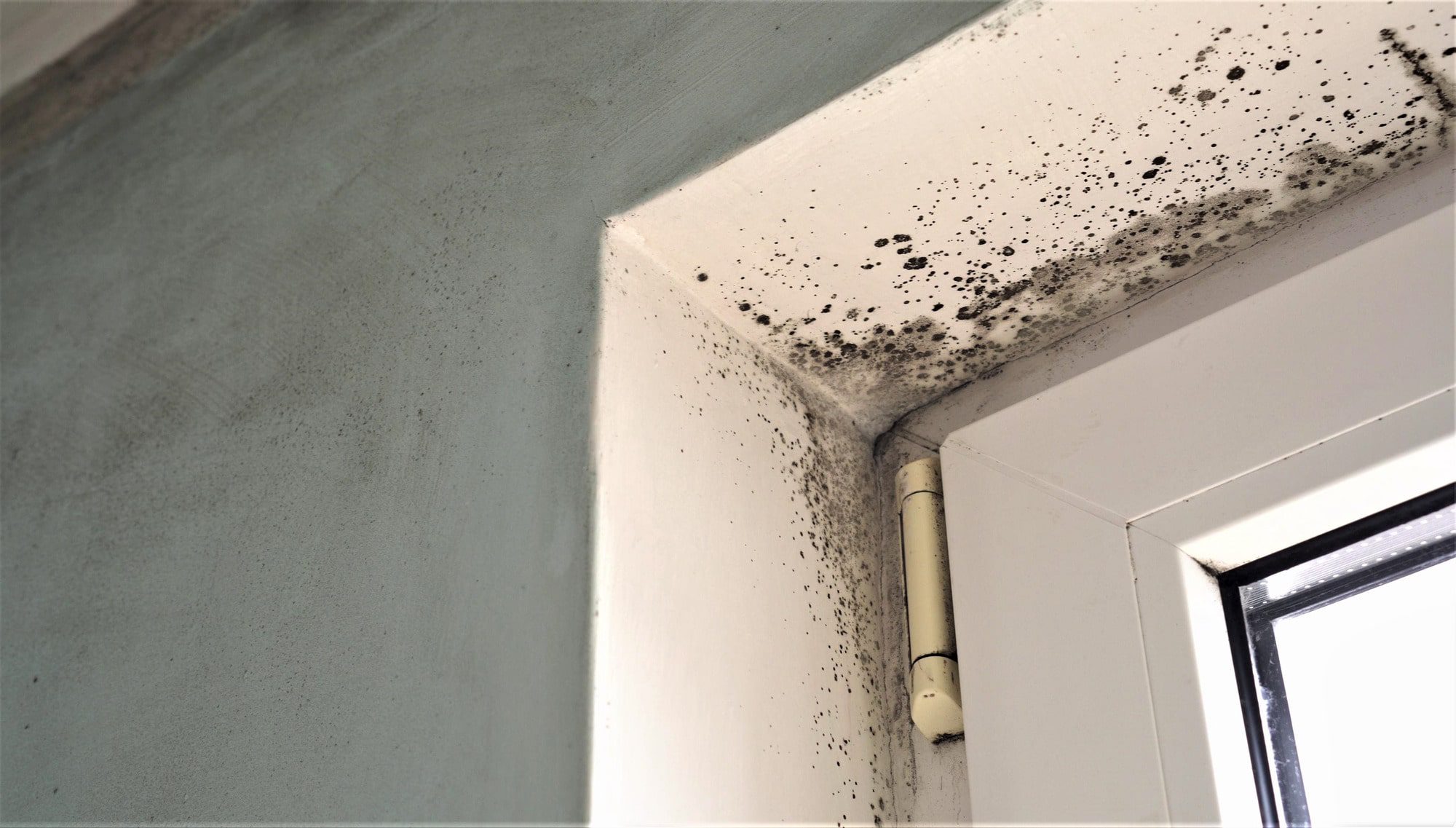
We take full advantage of the warm weather and long, sunny days. However, the rise in temperatures often brings along a couple of friends named humidity and condensation, which can impact our comfort and even our homes. Understanding these events can help you manage their effects more effectively and watch for signs of too much moisture in the house.
What Is Humidity?
Humidity refers to the amount of moisture present in the air. There are two ways to measure it: absolute humidity, which quantifies the amount of water vapor in the air, and relative humidity, which measures the amount of moisture relative to the air’s temperature. Relative humidity is more commonly discussed because it directly affects our perception of comfort.
High relative humidity means the air is filled with moisture, making it feel warmer and heavier. It can also lead to indoor issues like mold growth and musty odors.
How Does Condensation Occur?
Condensation happens when warm, moist air comes together with a cooler surface. This causes water vapor to change into liquid droplets. You’ll notice this happening in a glass of iced tea on a hot day or in windows when the temperature drops at night.
Condensation can be an issue in the summer, especially if it occurs inside your home. If there’s excessive humidity and not enough exhaust or proper ventilation, it can happen on windows, walls, and even your bathroom ceiling. This is one of the most telltale signs of too much moisture in the house.
Why Is Condensation More Common in Summer?
Summer often brings increased humidity levels. Warm air holds more moisture than cool air, so condensation can occur when the warm, humid air from outside interacts with cooler surfaces inside your home.
Air conditioning units cool indoor air, and condensation can form if the temperature difference between the indoor environment and cooler surfaces is significant. This can be seen after showering and during cooking.
Activities like cooking, showering, and even breathing add moisture to the air inside your home. Without proper ventilation, this moisture can contribute to higher indoor humidity levels.
Managing Humidity and Condensation
To keep humidity and condensation in check, consider these strategies:
- A dehumidifier can help reduce the moisture level in your home, making the air feel cooler and more comfortable. It’s beneficial in areas prone to high humidity, such as basements.
- Ensure proper ventilation in areas like bathrooms and kitchens. Use exhaust fans or open windows to allow moist air to escape. If your home has an HVAC system, ensure it’s well-maintained and effectively manages indoor air quality.
- Running your air conditioner cools the air and helps reduce humidity levels. Ensure your AC unit is properly sized for your space and is regularly serviced.
I run my AC in the on position for most of my active hours and then move it to the auto position for nighttime.
Contact the Experts at Evergreen Air Quality Services
While summer is a season of school breaks and fun, it can bring challenges like high humidity and condensation. By understanding the relationship between these factors and using simple techniques, you can keep your living spaces comfortable and prevent potential issues related to excess moisture in your home.
Ensure your home stays comfortable and safe this summer! Explore our solutions from Evergreen Air Quality Services today to protect your living spaces from excess moisture and potential issues. Breathe easy, friends!
